High Quality Products & Services for Your Business
How much does it cost to build an amusement park?
Building an amusement park is a significant investment that requires careful planning and budgeting. The construction costs can vary widely based on factors such as the size of the park, the types of attractions, location, and overall theme. This article explores the various components that contribute to the construction costs of an amusement park and provides an overview of the financial considerations involved.
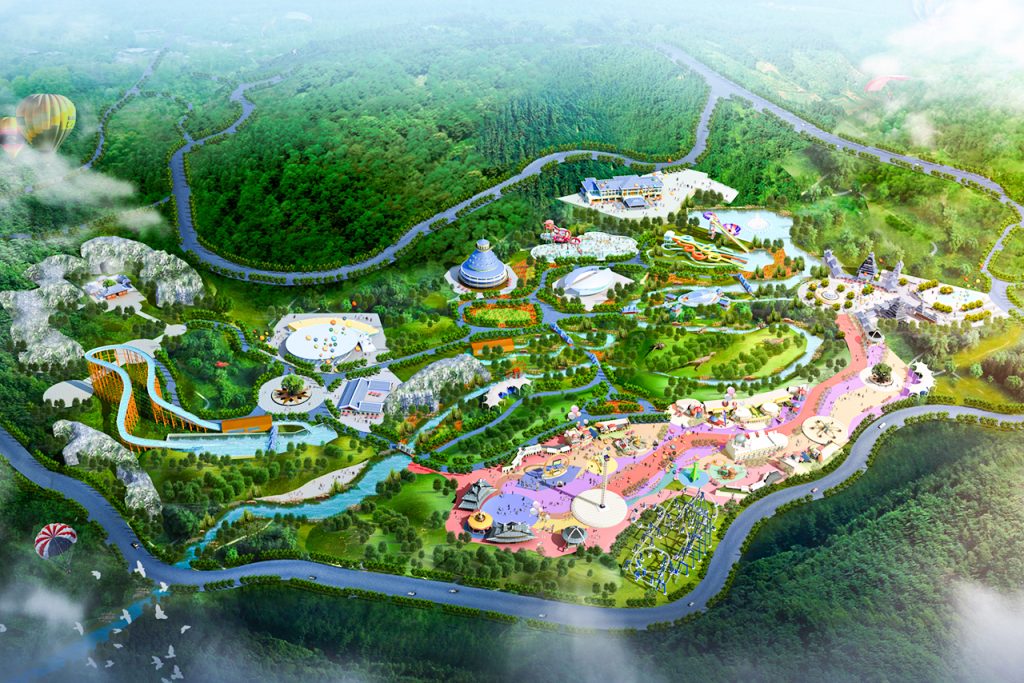
Land Acquisition and Preparation
Land Purchase:
The cost of purchasing land can vary greatly depending on the location, size, and zoning requirements. Prime locations near urban centers or tourist destinations tend to be more expensive but can attract more visitors.
Site Preparation:
Preparing the site for construction involves land clearing, grading, and infrastructure development. This includes building access roads, parking lots, utilities (water, electricity, sewage), and drainage systems. These initial preparations are crucial for the foundation of the park and can be a significant expense.
Design and Planning
Master Planning:
Hiring professional designers and architects to create a comprehensive master plan for the park is essential. This plan includes the layout, zoning, and detailed designs for attractions, pathways, buildings, and landscaping. The cost of master planning can vary based on the complexity and scale of the project.
Permits and Approvals:
Obtaining the necessary permits and approvals from local authorities is a critical step. This process can involve environmental impact assessments, safety regulations, and zoning approvals, all of which come with associated fees.
Construction of Infrastructure
Building Structures:
The construction of buildings such as ticket booths, administrative offices, restrooms, restaurants, and retail shops is a significant cost. These structures need to be designed to accommodate large crowds and comply with safety regulations.
Pathways and Landscaping:
Creating pathways, gardens, and green spaces enhances the aesthetic appeal and visitor experience. Landscaping costs include planting trees, flowers, and shrubs, as well as installing lighting and irrigation systems.
Ride and Attraction Installation
Cost of Rides:
The most significant portion of an amusement park’s budget is typically allocated to rides and attractions. The cost of individual rides can vary widely:
Rides and Attractions Installation
Rides Costs:
The largest portion of an amusement park budget is usually allocated to rides and attractions. The cost of a single ride can vary widely:
Roller Coasters: High-thrill roller coasters can cost anywhere from $100,000 to $300,000, depending on their size and complexity.
Family Rides: Family-friendly attractions such as carousels, Ferris wheels, and bumper cars can cost between $10,000 and $50,000 each.
Water Rides: Rapids rides, whitewater rides, and water coasters can cost anywhere from $50,000 to $200,000.
Theming and Immersive Experiences:
Creating immersive themed areas with detailed theming, animatronics, and special effects can add significant costs. Theming can enhance the guest experience but requires a significant investment in design, materials, and technology.
Safety and Accessibility
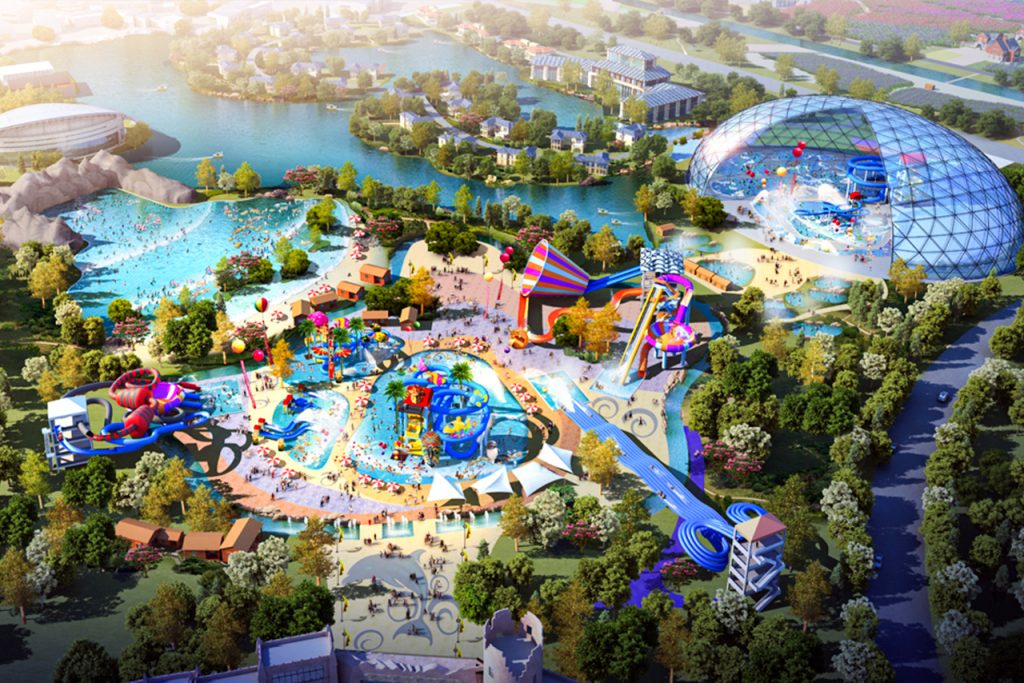
- Safety Measures: Ensuring the safety of visitors is paramount. Costs include safety barriers, ride inspection systems, emergency response equipment, and first aid stations. Regular maintenance and inspections are also necessary to uphold safety standards.
- Accessibility Features: Making the park accessible to all visitors, including those with disabilities, involves installing ramps, elevators, and accessible restrooms. These features are essential for creating an inclusive environment.
Operational Costs
- Staffing and Training: Hiring and training staff for various roles, including ride operators, maintenance crews, security personnel, and customer service representatives, is an ongoing expense. Employee wages and benefits must be factored into the budget.
- Marketing and Promotion: Promoting the park to attract visitors requires a robust marketing strategy. This includes advertising, social media campaigns, and special promotions. The marketing budget can vary based on the scale of the park and the target audience.
Contingency and Financing
- Contingency Fund: It’s essential to allocate a contingency fund to cover unexpected expenses or delays during construction. This fund typically amounts to 10-20% of the total budget.
- Financing Costs: Securing financing for the project involves interest payments, loan origination fees, and other associated costs. Proper financial planning is crucial to manage these expenses effectively.
Conclusion
The construction costs of building an amusement park are substantial and encompass a wide range of factors, from land acquisition and site preparation to ride installation and operational expenses. A well-planned budget that accounts for all these elements is essential for the successful completion and operation of the park. By understanding and managing these costs, developers can create a captivating and profitable amusement park that delights visitors and ensures long-term success.
Related recommendations
-
What are the large-scale thrill rides?
860There are many types of large-scale stimulating amusement facilities, which attract countless tourists with their unique design and thrilling experience. The following are some common large-scale stimulating amusement facilities: ,
View details -
Best Ferris Wheel Manufacturers: How to Choose the Right Supplier
221Looking for the best Ferris wheel manufacturers? Discover top suppliers with CE certification, global project experience, and custom designs. Choose HOTFUN for safe and profitable Ferris wheels.
View details -
Sightseeing train selection: from style to specifications, double the charm of the venue
290This article introduces how to choose a suitable sightseeing train from the perspectives of design style, functional configuration, venue size, etc., to help you find a high-quality product that can add charm to the venue.
View details -
What Makes a Supplier Worth Trusting in the Global Ride Market
112Learn what defines a trustworthy amusement ride supplier — from international certifications and transparent pricing to strong after-sales service and long-term partnership.
View details
 chinaparkrides
chinaparkrides
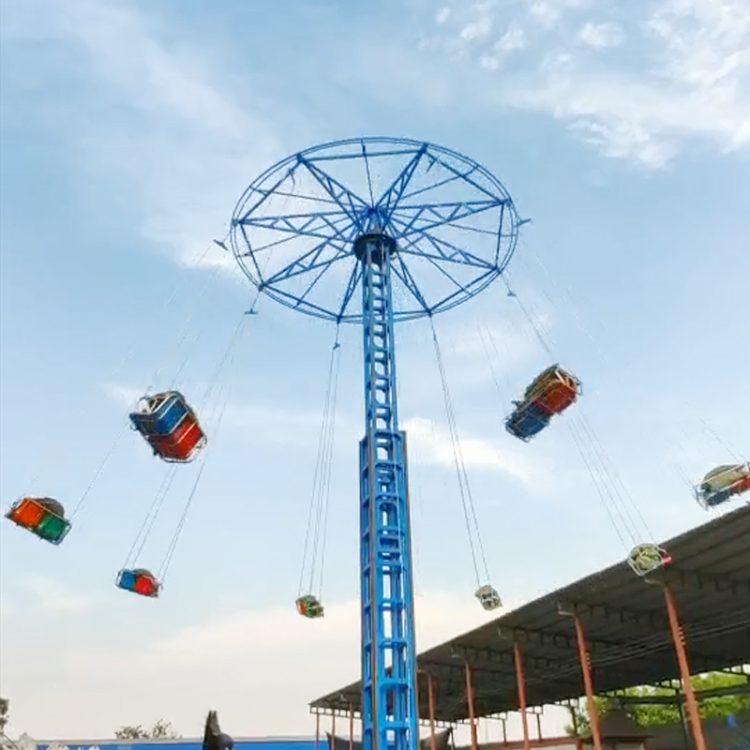

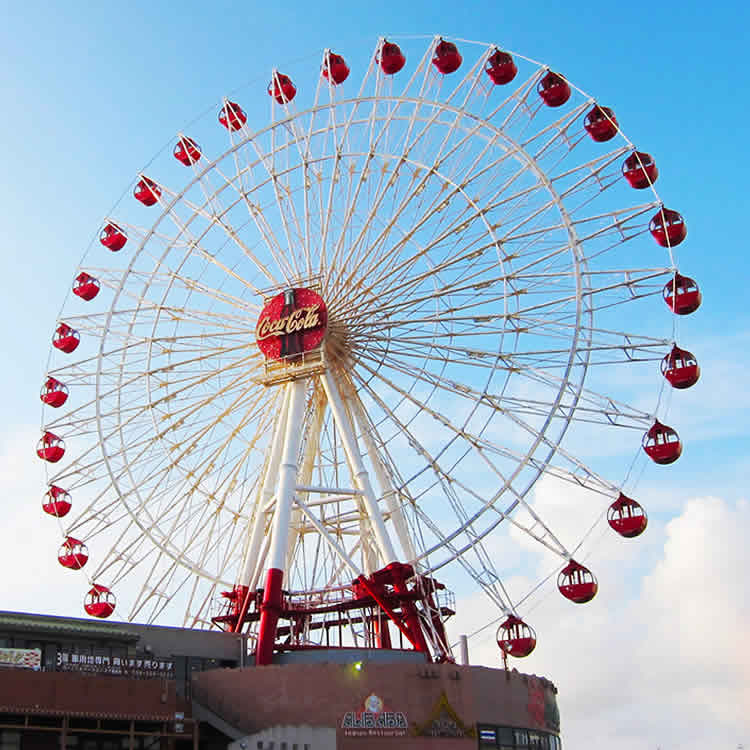
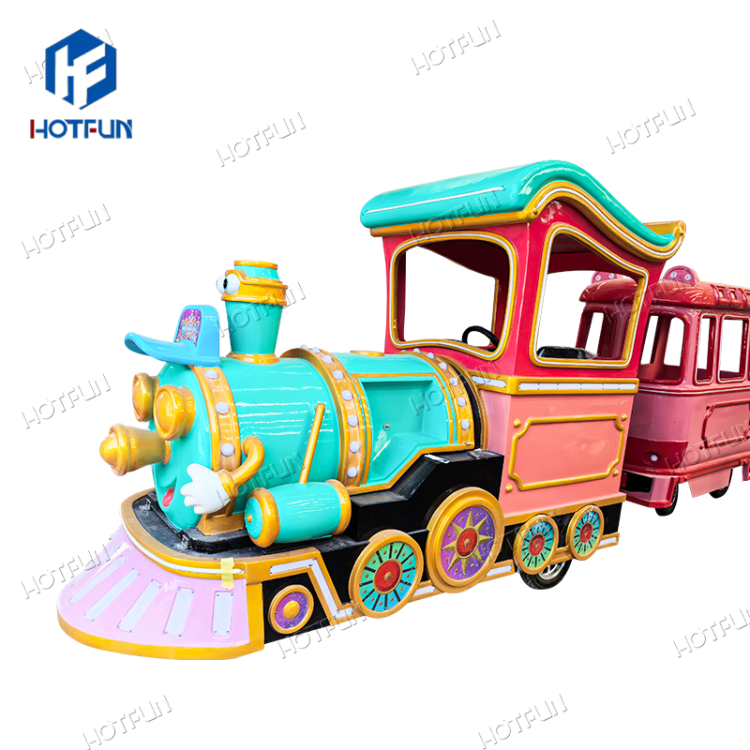


Leave a Reply